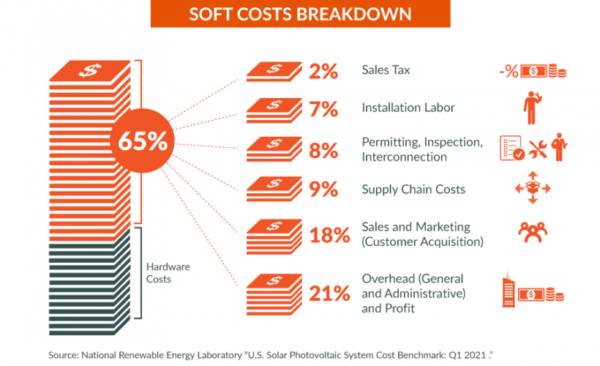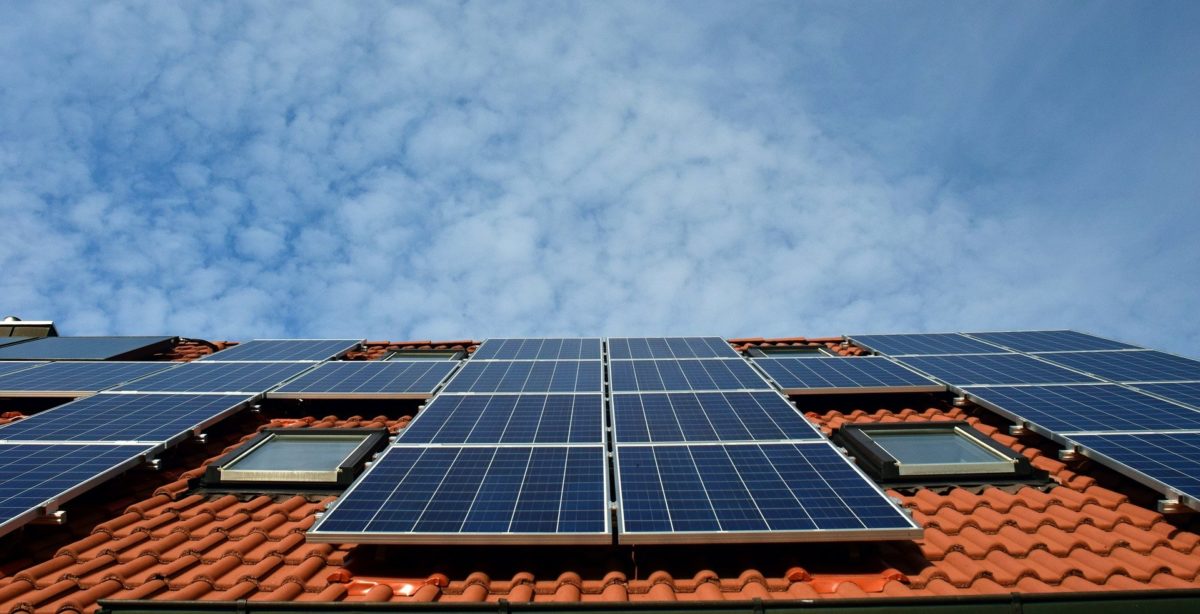Project developers of distributed solar and energy storage will be provided with valuable transparency and time as the California Public Utilities Commission (CPUC) ruled it would dramatically simplify the process for grid interconnection.
The review of distributed energy resources (DER) projects seeking interconnection will now be based on a model of the current conditions of the grid, in a process called an Integration Capacity Analysis (ICA), which mirrors a process commonly known as a hosting capacity analysis.
The process will replace “rules of thumb” that are often imprecise and can lead to unnecessary project reviews that are costly and time-consuming. The CPUC also removed size limits for projects eligible for being reviewed under a “fast track.”
The screening process used to implement a “15% of peak load” rule-of-thumb to determine if a project requires grid upgrades to interconnect. Now, projects that do not exceed 90% of the available capacity as shown in the ICA will be able to pass the screening test.
Projects that do not pass the screen will be subject to a supplemental review, but this process has also been expedited to allow more distributed resources to be interconnected.
Soft costs, or costs unrelated to physical equipment installed, can exceed 65% in the United States, much higher than most major solar markets internationally. The Department of Energy said permitting, inspection, and interconnection costs can represent 8% of a solar project’s cost.

Delays can often lead to bad customer experiences and increased project cancellations, so this streamlined process represents a boon to solar and storage installation companies looking to boost their project pull through rate and customer satisfaction.
The rules come as a result of years of engagement in the CPUC rulemaking process by organizations like the Interstate Renewable Energy Council (IREC). IREC said these landmark changes could serve as a model for the rest of the country to boost distributed solar and energy storage project efficiency.
In 2014, IREC began work on the Integrated Capacity Analysis, a regularly updated model on current grid conditions at various locations along the grid. In September 2020, a ruling established the intention to use ICA in the state’s interconnection process. After two years of finalizing how the process would work, it will now be integrated 45 days from the ruling, taking effect on August 7, 2022.
“Today’s decision by the CPUC takes the first step toward a vastly improved interconnection process that better reflects the realities of the grid and makes it faster and easier to install the levels of clean energy that will be needed to reach California’s decarbonization goals,” said Sky Stanfield, Partner at law firm Shute, Mihaly & Weinberger and attorney for IREC. “We look forward to the Commission completing this process with a future decision on the implementation of limited generation profiles.”
Further improvements to the interconnection process are pending. A “limited generation profile” approach is being considered. That approach would allow distributed resources to design a system using a generation profile to avoid system constraints that arise seasonally.
Another benefit of the ruling is the use of hosting capacity data will arm clean energy developers with greater agency to avoid costly and time-consuming processes. Developers can explore a utility’s ICA map to identify preferable locations for distributed projects where additional capacity can be added without a grid upgrade. The data on the map available to developers will be the same data used to approve interconnection of a project, meaning developers will have greater transparency and less guesswork in planning projects.
“Today’s decision reflects the culmination of years of dogged engagement by IREC to enable the use of cutting-edge approaches that simplify the interconnection process so renewable energy can be deployed faster and more affordably,” said Larry Sherwood, IREC president and CEO.
This content is protected by copyright and may not be reused. If you want to cooperate with us and would like to reuse some of our content, please contact: editors@pv-magazine.com.









Good to see! It’s about time.